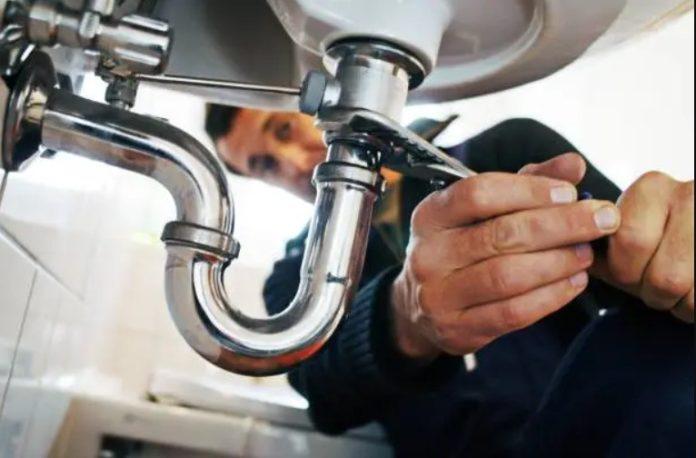Picture this: it’s a chilly morning, and all you want is a hot shower to kickstart your day. But as you turn the faucet, no warm water can be found. Panic sets in as you wonder what could be wrong. Don’t fret; you’re not alone in facing this issue. Many homeowners encounter the frustration of no warm water in their houses at some point. However, before you call a professional plumber and potentially empty your wallet, let’s explore some common reasons behind this problem and how to troubleshoot no warm water in house.
Identifying the Issue
The first step in resolving any problem is understanding its root cause. Several factors could be at play when it comes to the absence of warm water in your house. It could be an issue with your water heater, plumbing system, or external factors like power outages. To effectively troubleshoot the problem, it’s essential to narrow and tackle the possibilities systematically.
Possible Causes and Solutions
Faulty Heating Element
If you have an electric water heater, a faulty heating element could be the culprit behind the lack of warm water. Over time, these elements can wear out or malfunction, leading to inadequate heating. You may need to replace the defective heating element to address this issue. Consult your water heater’s manual for guidance, or seek assistance from a professional if you’re unsure.
Pilot Light Issues
Gas water heaters rely on a pilot light to ignite the burner and heat the water. If the pilot light goes out or fails to stay lit, there may be no warm water. Check to see if the pilot light is on, and if not, follow the manufacturer’s instructions to relight it. Remember that if the pilot light continues to extinguish, a more significant issue may require professional attention.
Sediment Buildup
Over time, sediment can accumulate at the bottom of your water heater tank, insulating the heating element and reducing efficiency. This buildup can prevent the water from reaching the desired temperature. Flushing the water heater can help remove sediment and restore proper heating. Refer to your water heater’s manual for instructions on safely flushing it.
Thermostat Malfunction
The thermostat controls the temperature of your water heater, so if it malfunctions, it can result in inadequate heating. Check the thermostat settings to ensure they are correctly adjusted. If adjusting the thermostat doesn’t resolve the issue, a more significant problem may require professional repair or replacement.
Plumbing Issues
Sometimes, the problem lies within your plumbing system rather than the water heater itself. Leaks, blockages, or other pipe issues can disrupt hot water flow to your faucets and appliances. Inspect your plumbing for any visible damage or leaks, and address them promptly. If you suspect a blockage, you may need to call a plumber to clear the pipes.
Power Outages
In some cases, the lack of warm water may be due to a power outage affecting your water heater. Electric water heaters rely on electricity to function, so if there’s a power outage, they won’t be able to heat water until power is restored. Power outages do not affect gas water heaters, but if your home’s gas supply is interrupted, they may not function correctly. Check your home’s power supply and gas lines to rule out any issues related to power outages.
Old or Faulty Water Heater
It may be time for a replacement if it is old or experiencing frequent issues. Over time, water heaters can wear out and become less efficient, leading to problems like inadequate heating or frequent breakdowns. If you’ve tried troubleshooting the issue without success and your water heater is nearing the end of its lifespan, investing in a new unit may be the most cost-effective solution in the long run.
Conclusion:
In conclusion, dealing with no warm water in your house can be a frustrating experience, but it’s not necessarily a cause for alarm. By identifying the possible causes and systematically troubleshooting the problem, you can often resolve the issue independently without needing professional assistance. Whether it’s a faulty heating element, pilot light issues, sediment buildup, thermostat malfunction, plumbing issues, power outages, or an ageing water heater, you can take steps to address the issue and restore warm water to your home. However, if you’re unsure about how to proceed or if the problem persists despite your efforts, don’t hesitate to seek help from a qualified plumber or HVAC technician. Remember, a little troubleshooting goes a long way in keeping your home comfortable and functional.
Read the full article: https://bbuspost.com/no-warm-water-in-house/
